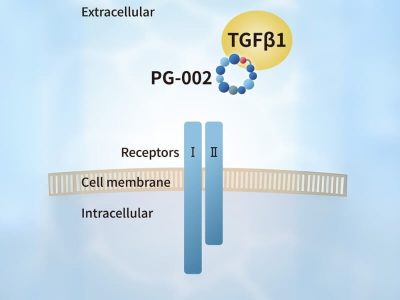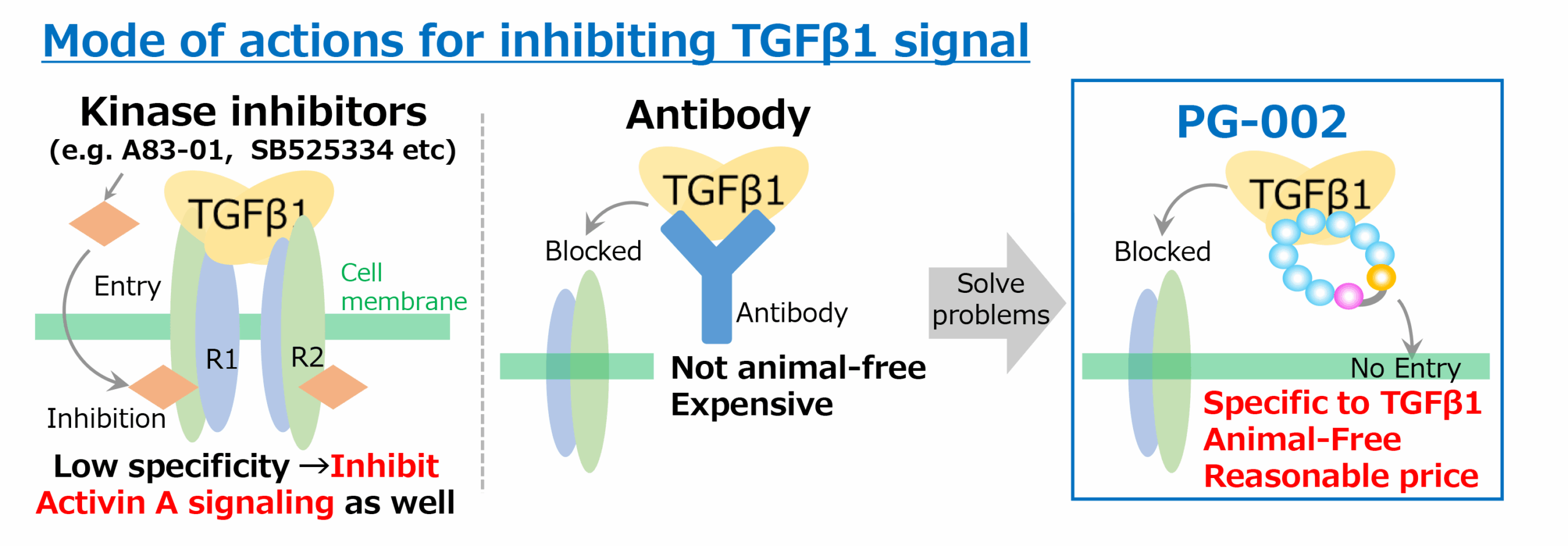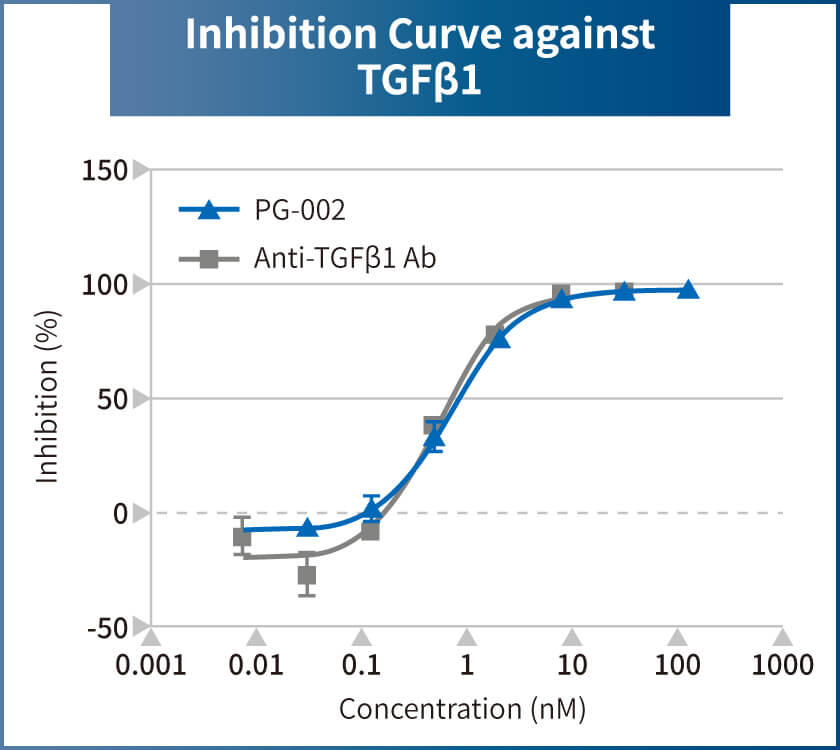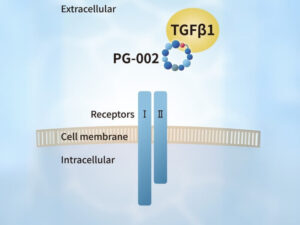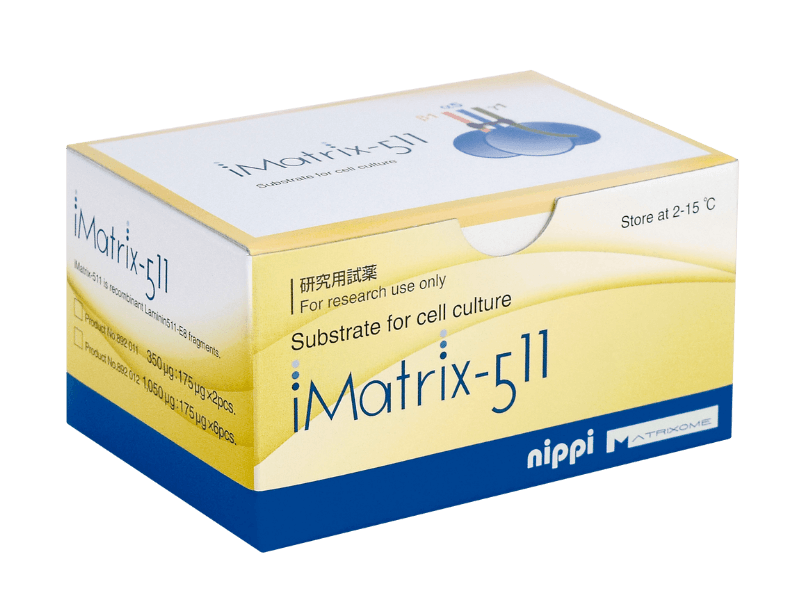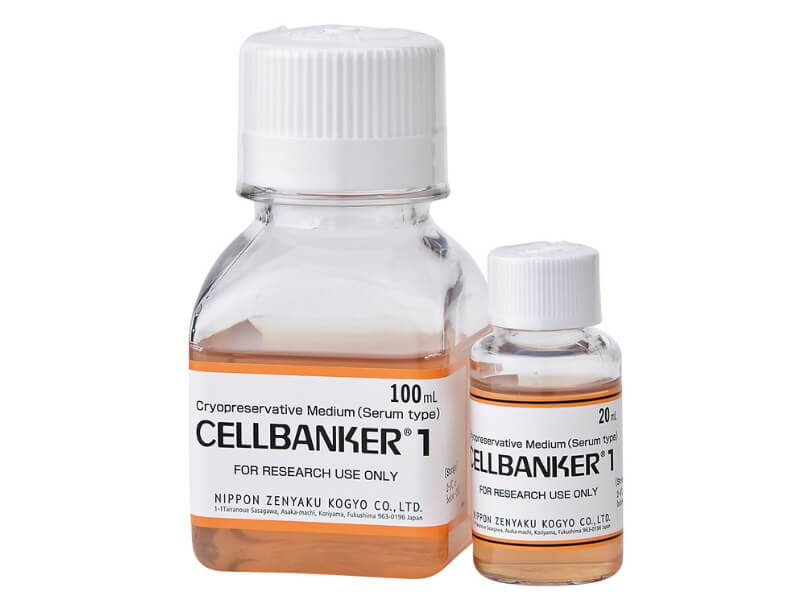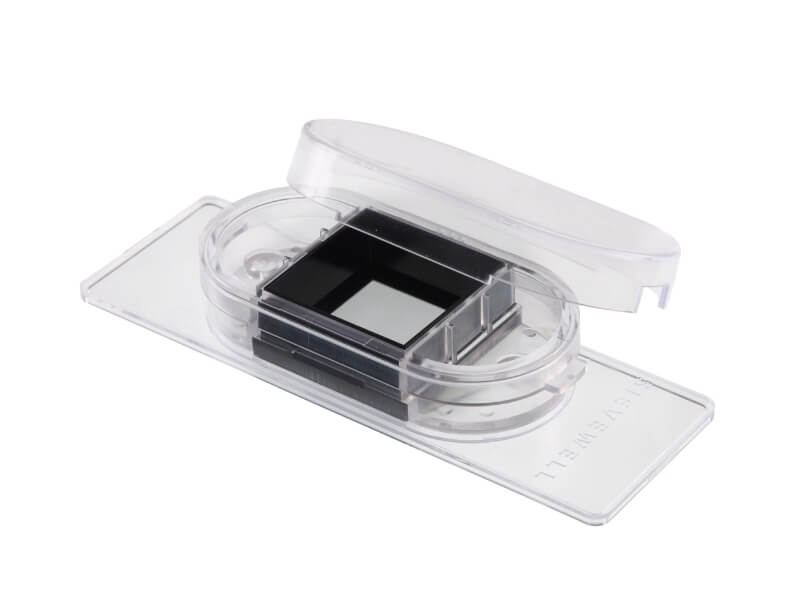PeptiGrowth PG-002
TGFβ1 inhibitor (TGFβ1 binding peptide)
Product Basics
Small kinase inhibitors are commonly used to inhibit the signaling of TGFβ1, aiming to achieve cell differentiation. However, due to their lack of specificity, they can perturb other signaling pathways, leading to cytotoxicity.
PG-002 specifically inhibits TGFβ1 signaling extracellularly with high specificity, making it a suitable alternative to TGFβ1 inhibitors, and exhibits comparable activity at 1/60 of the concentration of anti-TGFβ1 (1D11) due to a difference in molecular weight.
Key Features
- Alternative to TGFβ1 inhibitor
- Binds TGFβ1 ligand outside the cell with higher specificity for neutralizing TGFβ1
- Comparable activity at 1/60 of the concentration of anti-TGFβ1 (1D11)*
- Stable. >90% remained after 14 days in serum-free media at 37˚C
- Fully synthetic and animal-free
*Please note that this figure is an example and concentration optimization is needed.
Technical Information
(1) PG-002 showed 100% inhibitory activity against TGFβ1 at 10 nM against 0.13 nM TGFβ1.
Specification
- Storage temperature: -20°C (Ship at 4°C)
- Shelf life: 2 years (To be extended)
- Manufactured by: PeptiGrowth Inc.
Pricing
10ug
- SKU: PG-002-10ug
- Size: 10ug (eq. ~600ug of anti-TGFβ1)
- Price: $450.00
100ug
- SKU: PG-002-100ug
- Size: 100ug (eq. ~6000ug of anti-TGFβ1)
- Price: $1,750.00
References
- Xu, J., Lamouille, S. & Derynck, R. TGF-β-induced epithelial to mesenchymal transition. Cell Research 19, 156–172 (2009) doi: 10.1038/cr.2009.5.
- A growing market for synthetically produced peptides. Nature (2022). https://www.nature.com/articles/d42473-022-00352-2
- Mizuno, S. et al. New Maintenance Culture Method for Intestinal Stem Cells Derived from Human Induced Pluripotent Stem Cells. Biological and Pharmaceutical Bulletin 47, 120–129 (2024) doi: 10.1248/bpb.b23-00573.
Other Documents
FOR RESEARCH USE ONLY, NOT FOR USE IN DIAGNOSTIC PROCEDURES
